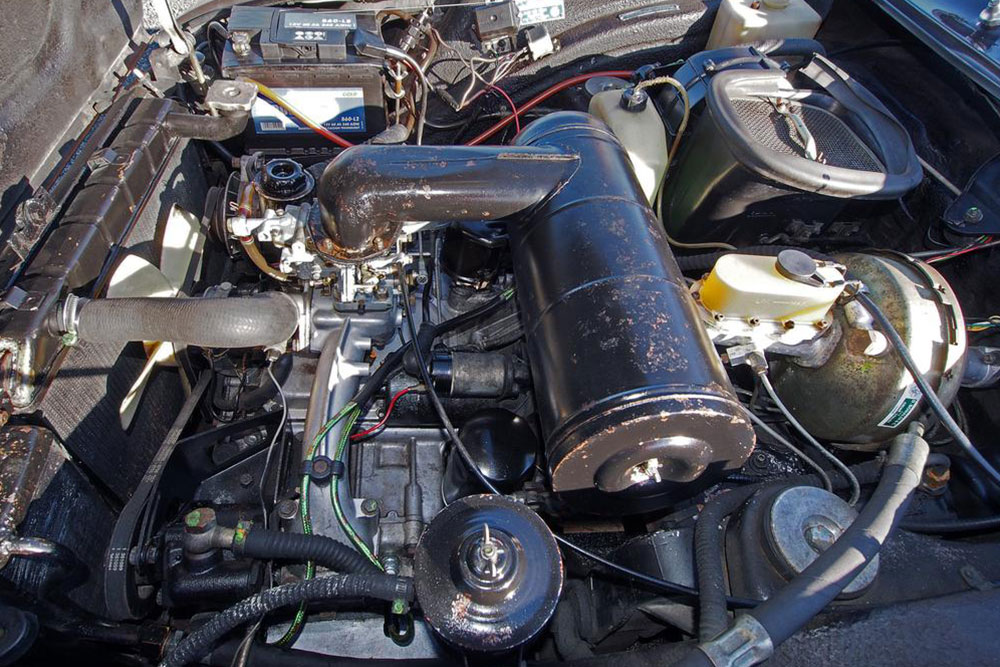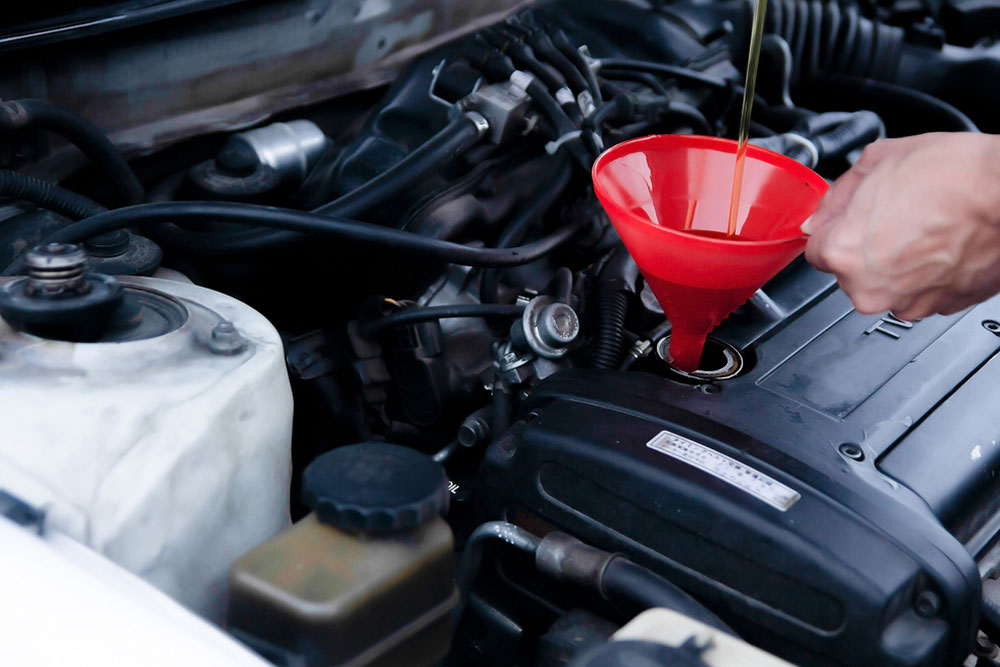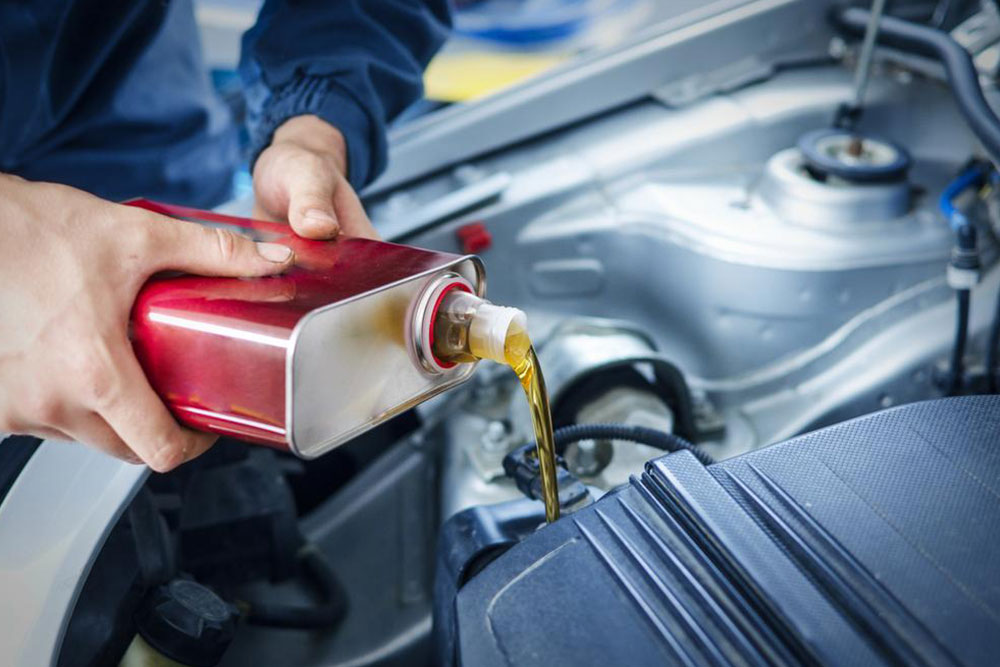Comprehensive Guide to Performing an Effective Car Oil Change
This comprehensive guide provides detailed steps for performing an effective car oil change. From understanding why oil changes are essential to identifying when your vehicle needs a change, and offering step-by-step instructions on draining and replacing oil, the article helps both beginners and experienced DIY enthusiasts maintain their vehicles properly. Regular oil maintenance ensures optimal engine performance, extends vehicle lifespan, and saves on costly repairs. Learn how to safely and efficiently perform this vital maintenance task to keep your car running smoothly and reliably for years to come.

Comprehensive Guide to Performing an Effective Car Oil Change
Maintaining your vehicle's performance and longevity starts with understanding fundamental car maintenance procedures, especially changing the engine oil. Many car owners may not be familiar with the detailed steps involved in performing an oil change, yet this simple yet essential task significantly impacts engine health, fuel efficiency, and overall vehicle reliability. Properly managing your engine oil not only prolongs engine life but also ensures smoother operation and helps prevent costly repairs down the line.
While modern vehicles are engineered for longer intervals between oil changes, recognizing the signs that indicate it's time for an oil replacement remains vital. Regular oil checks and adhering to manufacturer’s maintenance schedules are key to keeping your engine running optimally. This detailed guide will walk you through every step of the process—from diagnosing the need for an oil change to completing the procedure safely and effectively, whether you’re a seasoned DIY enthusiast or a beginner looking to learn essential vehicle maintenance skills.
Understanding the Importance of Regular Oil Changes
Engine oil acts as the lifeblood of your vehicle; it lubricates moving parts, reduces friction, dissipates heat, and helps prevent corrosion. Over time, oil degrades as it collects dirt, metal particles, and combustion byproducts, losing its lubricating properties. If neglected, old or contaminated oil can cause increased engine wear, reduced fuel efficiency, and even engine failure.
To prevent these issues, timely oil changes are necessary. Typically, manufacturers recommend changing the oil every 3,000 to 5,000 miles for older models, whereas newer vehicles equipped with synthetic oils can often go up to 7,500 or even 10,000 miles between oil changes. However, factors such as driving habits, environmental conditions, and vehicle age may influence these intervals. Regular inspections and monitoring oil condition can help you decide when to perform this vital maintenance task.
Detecting When Your Vehicle Needs an Oil Change
The first step is to follow your vehicle's manual to adhere to the suggested service schedule. Generally, the first oil change should occur around three months or after driving approximately 3,000 miles, whichever comes first. To check whether your oil needs replacing, locate the dipstick under the hood—usually marked with a bright color or labeled accordingly.
Remove the dipstick, wipe it clean with a cloth or paper towel, then reinsert it fully and pull it out again. Observe the oil level and color on the stick. Fresh oil appears amber and translucent, while darker or blackened oil signals contamination and the need for a change. Also, if the oil feels gritty or gritty particles are visible on the dipstick, it’s time to replace it.
Preparing for Oil Change: Tools and Safety Precautions
Before starting the oil change process, gather all necessary tools: a socket wrench, oil filter wrench, drain pan, funnel, new oil filter (if replacing), fresh engine oil, gloves, and safety glasses. Always ensure your vehicle is parked on a flat surface and the parking brake is engaged. For added safety, block the wheels that remain on the ground.
Warming up the engine for a few minutes before draining the oil helps loosen the oil, making it easier to drain completely. However, avoid over-revving the engine or leaving it running for an extended period during the process.
Step-by-Step Process of Changing Engine Oil
1. Lift the Vehicle: Use a jack and secure the car on jack stands to access the underside safely. Make sure the vehicle is stable before proceeding.
2. Drain the Old Oil: Place the drain pan beneath the drain plug located at the bottom of the engine oil pan. Carefully loosen and remove the drain plug using the socket wrench, allowing the old oil to flow out into the container. Be prepared for a splash; slowly unscrew to prevent spills.
3. Replace the Oil Filter: Locate the oil filter, usually on the side or top of the engine. Use an oil filter wrench to carefully remove the old filter. Before installing the new filter, apply a bit of fresh oil to the rubber gasket of the new filter to ensure a proper seal. Screw the new filter in place by hand, then tighten slightly with the wrench—avoid overtightening.
4. Reinstall Drain Plug: Once the oil has completely drained and the filter is replaced, screw the drain plug back in securely to prevent leaks.
5. Add New Oil: Remove the oil fill cap on top of the engine. Using a funnel, pour in the recommended amount and type of new oil specified in your vehicle’s manual. Check the oil level with the dipstick, ensuring it reaches the correct level.
6. Start the Engine and Check for Leaks: Run the engine for a few minutes to circulate the new oil. Turn off the engine and wait a couple of minutes, then recheck the oil level, topping up if necessary. Inspect around the drain plug and filter area for any leaks.
7. Clean Up and Dispose of Used Oil Properly: Collect the used oil and filter, and take them to a proper recycling center—never discard old oil on the ground or in the trash for environmental reasons.
Additional Tips and Maintenance Advice
Regularly inspecting your oil between changes can help monitor its condition and lifespan. Many modern vehicles feature dashboard warning lights that alert drivers when oil levels or quality are low. Always use high-quality engine oil suitable for your vehicle to ensure optimal performance.
Keeping your vehicle's oil clean and at appropriate levels is vital for efficient operation, fuel economy, and engine longevity. Establishing a routine check and oil change schedule will save you money in the long run and help maintain your vehicle’s resale value.





